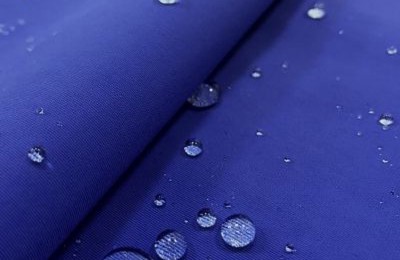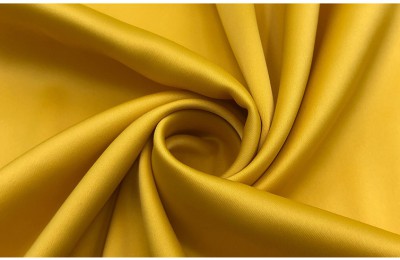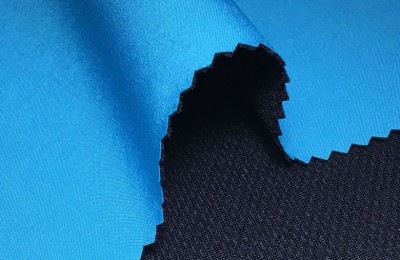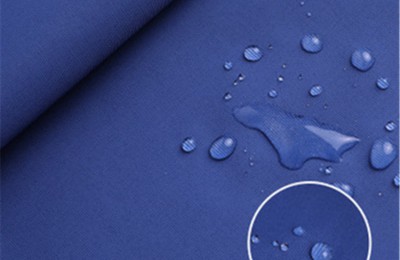According to data, the U.S. Customs and Border Protection (CBP) has increased its enforcement of textile-related trade regulations and measures in the fourth quarter of 2020.
Among the imported goods in the United States, textiles and clothing have the highest tariffs, so fraud is prone to occur. The reason why textile fraud occurs is to avoid textile tariffs and trade laws, including: false invoices, false marks and labels, false declarations of origin, illegal transshipment, wrong product descriptions, undervaluation of goods, false declaration of entry rights, false Trade preference claims, and direct smuggling.
As a result, textiles have long been a priority trade issue for U.S. Customs and Border Protection enforcement efforts.
In the fourth quarter of 2020, the U.S. Customs and Border Protection collected approximately US$851 million in tariffs under Section 301, and US$536 million in tariffs in the previous quarter. .
The number of cargo inspections has also increased, with the number of inspections increasing from 2,532 in the third quarter to 2,672. It also initiated 10 audit procedures, compared with only 7 audits in the previous quarter, and completed 4 special enforcement actions at the same time. </p






